The Self-Generation Incentive Program (SGIP) is the original California renewables incentive, predating the California Solar Initiative. Its current mission is to “contribute to GHG emission reductions, demand reductions, and reduced customer electricity purchases.”
But the lucrative program has gone through enormous changes since its creation as a peak-load reduction program after the California energy crisis in 2001.
A few years ago, the incentive program looked like this:
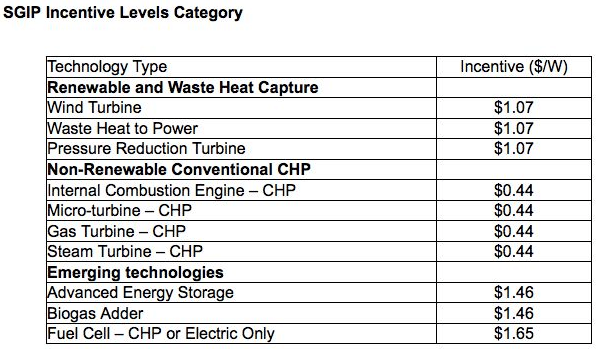
It was heavy on generation and had an inordinate fondness for fuel cells.
The new SGIP
The 2020 SGIP is a different animal — it’s a stark response to California’s wildfires and Public Safety Power Shutoffs (PSPS) with 80 percent of its SB 700 funds devoted to energy storage, along with a marked emphasis on providing resiliency for vulnerable Californians in vulnerable locations.
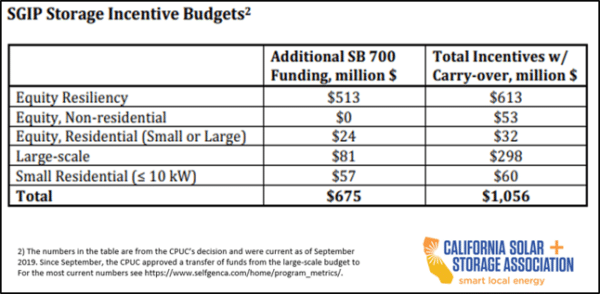
Here’s how the budget is divvied up.
- Equity resiliency: $513 million, 76%
- Equity, residential: $24 million, 5%
- Large-scale storage: $81 million, 12%
- Small residential projects under 10 kW: $57 million, 8%
Simplifying a complex read
The new 2020 SGIP Handbook is a complex read. The analysts at Energy Toolbase have distilled the regulatory product down to its essence, so solar and storage developers can understand the outlines of the new incentive structure. (Energy Toolbase makes software for modeling and proposing the economics of solar and energy storage projects.)
Here are a few takeaways.
Storage in low-income, high-risk fire districts
According to the report, equity resiliency is a “newly created carve-out, which provides incentives for on-site residential and non-residential storage systems for low-income, vulnerable customers [and critical facilities] in high-risk fire threat districts or those who have been affected by the PSPS blackouts across the state.”
The Equity Resiliency incentive level is set at $1,000/kWh, which is intended to “fully or nearly fully subsidize the installation of a storage system.”
Storage in low-income housing, disadvantaged communities
The Equity Budget incentive was raised to $850/kWh and is directed at low-income customers in disadvantaged communities, and institutions, agencies and small businesses in disadvantaged communities.
General commercial and residential customers
Vendors of residential and industrial storage systems such as Tesla, Sunrun, Stem and SunPower will see their budgets cut.
- Non-residential projects (> 10 kW) will now receive half their incentive paid as a performance-based incentive.
- There is a $150/kWh adder for non-residential customers if the storage system can operate in a grid outage.
- New residential storage systems must have a single-cycle round trip efficiency of at least 85%.
GHGs
The report notes that in 2019 “the CPUC added additional program rules which requires energy storage systems receiving SGIP incentives to reduce GHG emissions.” Commercial customers must dispatch their energy system to ensure the system reduces at least 5kg/kWh for each system. Commercial and residential developers risk program suspension for non-compliance.
Preventing abuse of the SGIP incentive
Previous incarnations of the SGIP have seen vendors game the system and some technologies, such as fuel cells, win an inordinate share of the incentive. The report cites measures meant to prevent abuse of the program.
- Project cost cap: the sum of incentives for a project (SGIP plus Investment Tax Credit), cannot exceed the total installed energy storage project cost.
- The total SGIP incentive per project is limited to $5 million.
- Developer cap: a single developer is limited to 20% of the program incentive for a specific general budget category in each incentive step.
The full 2020 SGIP guide from the California Public Utilities Commission is here. The full breakdown from Energy Toolbase is here.
This content is protected by copyright and may not be reused. If you want to cooperate with us and would like to reuse some of our content, please contact: editors@pv-magazine.com.

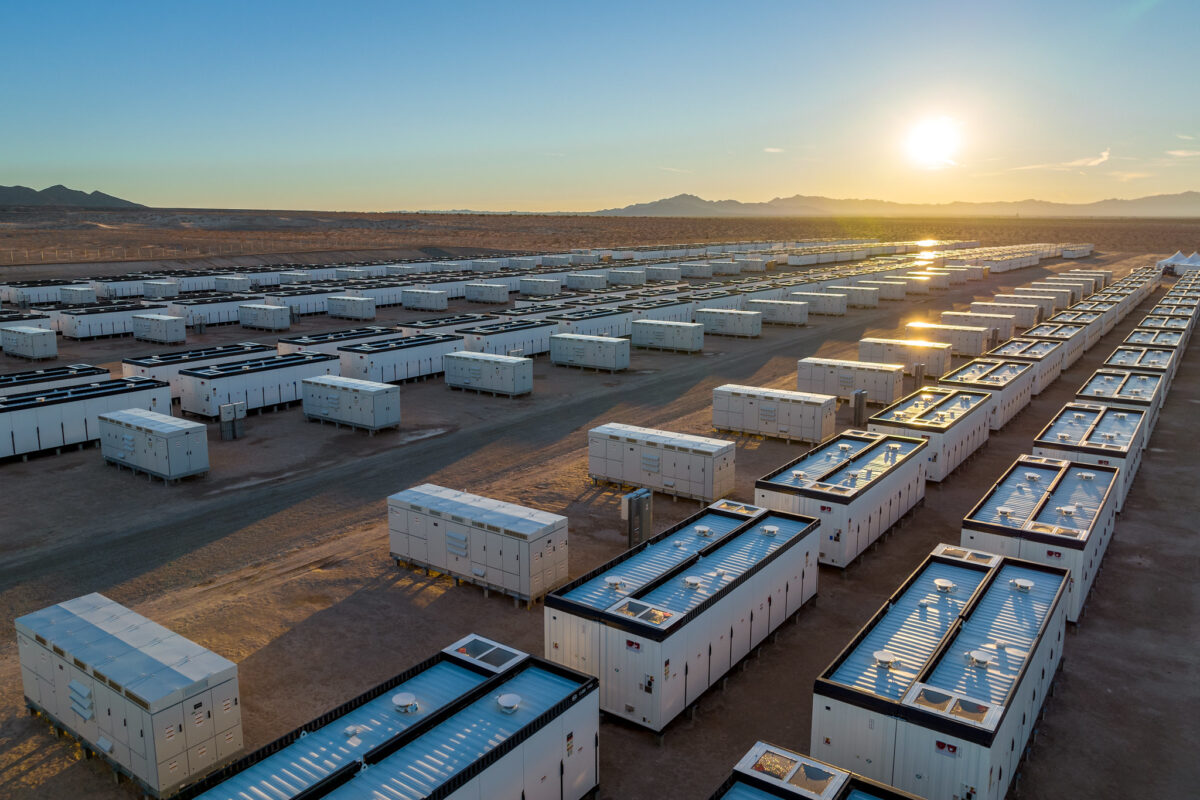



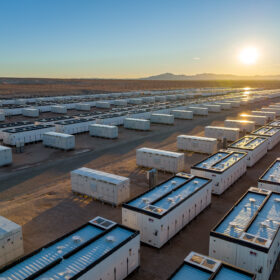
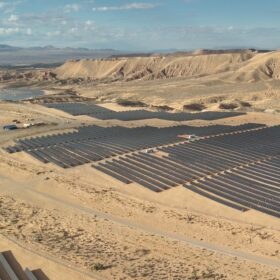

“New residential storage systems must have a single-cycle round trip efficiency of at least 85%.”
AC based ESS systems may not meet this requirement.
“The report notes that in 2019 “the CPUC added additional program rules which requires energy storage systems receiving SGIP incentives to reduce GHG emissions.” Commercial customers must dispatch their energy system to ensure the system reduces at least 5kg/kWh for each system. Commercial and residential developers risk program suspension for non-compliance.”
Who monitors this B.S. requirement? How much GHG are generated for site visits to verify the system meets requirements? Is this a “one time thing” or an annual event? Make a program so difficult to adopt, use or authenticate that no one wants to bother with it, that’s a (real) good way to roll out the 100% goal.
To whom it may concern,
I was told that there is no upfront costs to get the batteries with the Equity Resilience Program. Is that true? If so how do I go about applying for that.